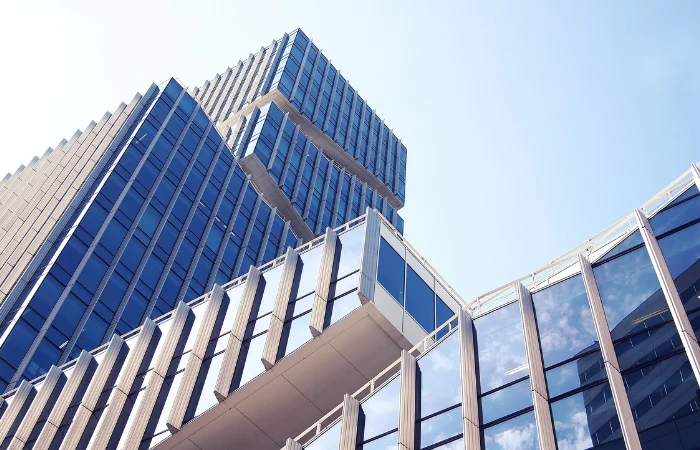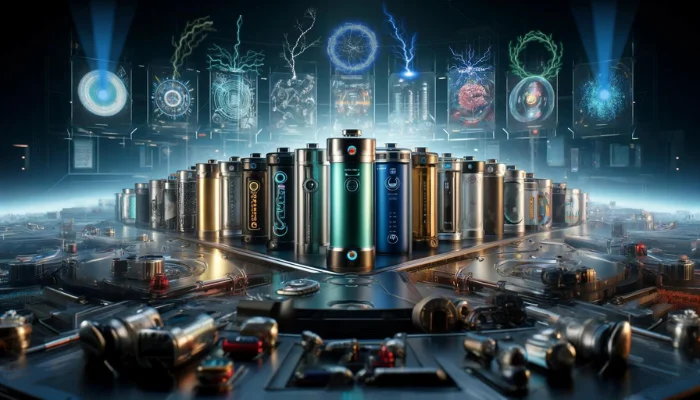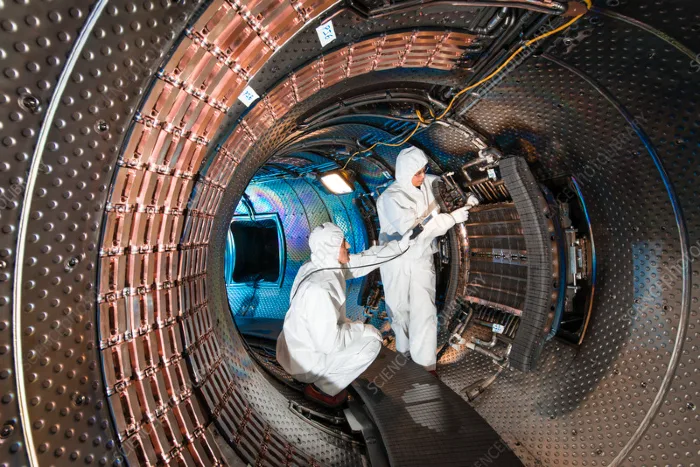In a groundbreaking move, Panasonic Holdings recently initiated testing of its innovative perovskite solar technology. This development involves the creation of semi-transparent glass panels, utilized as glass balustrades in a model house near Tokyo. Each panel, measuring close to one meter in height and four meters in width, symbolizes Panasonic’s ambitious entry into the realm of building-integrated photovoltaics (BIPV).
These panels aren’t just aesthetic enhancements but functional power generators. By embedding perovskite material between layers of glass, these panels serve dual roles as parts of the building structure and as sources of electricity.
Yukihiro Kaneko, leading Panasonic’s Applied Materials and Technology Center, highlights the ability to adjust the transparency of these panels during production, catering to diverse architectural needs and making them suitable for windows.
The science behind this technology hinges on the unique properties of perovskite. As explained by Stefaan De Wolf, a professor at King Abdullah University of Science and Technology, perovskite’s higher band gap compared to silicon allows it to transmit certain light wavelengths, potentially acting as a color management tool. Furthermore, its ability to be printed in various patterns adds to its versatility.

However, a challenge lies in the trade-off between transparency and energy conversion efficiency. A panel with 50% transparency will see its energy efficiency halved from 20% to 10%.
Perovskite, a term for a group of compounds structurally like a mineral discovered in Russia in 1839, is at the heart of Panasonic’s research. In collaboration with Japan’s New Energy and Industrial Technology Development Organization (NEDO), Panasonic has pioneered a variant of perovskite, achieving a remarkable 17.9% energy conversion efficiency for a large-sized panel in 2020.
Perovskite offers several advantages over traditional silicon in solar panels, such as simpler production, lower costs, flexible designs, potential for higher efficiencies, and the absence of rare earth metals. However, it faces durability challenges, particularly in harsh weather conditions.
Panasonic addresses these challenges through innovative material doping and architectural design. By integrating cesium and rubidium, they have enhanced the material’s robustness.

This development, coupled with a unique fabrication process involving laser inscribing and inkjet printing, allows for customizable panel sizes and designs, improving thermal stability and protecting against moisture and air.
Panasonic’s approach extends beyond mere product development. They’re actively seeking customer feedback and plan to start a pilot production line for 1-meter by 1.8-meter panels, continually refining based on ongoing testing. Their strategy diverges from the low-cost, standard-sized panel production prevalent among Chinese manufacturers, focusing instead on custom-sized solutions for diverse architectural needs.
De Wolf sees BIPV as a promising market, highlighting its potential in energy efficiency and aesthetic integration. Panasonic aims to commercialize these BIPV products within five years, anticipating an energy conversion rate nearing 20% for their perovskite solar cells. This venture represents not just a technological advancement but a significant step towards sustainable, energy-efficient architecture.

Our Analysis: What Might This Mean For You And The Environment?
The energy conversion rate of a solar panel is a measure of how efficiently it can convert sunlight into electricity. Panasonic believes their perovskite solar panels have an energy conversion rate near 20% meaning that 20% of the solar energy hitting the panels is converted into usable electrical energy.
But that’s not the whole picture! Right now, solar panels are mounted on rooftops or as a stand-alone array on a property. Panasonic’s innovation could cover buildings in usable solar panels, which would considerably multiply the number of panels that are receiving sunlight throughout the day.
To put this in perspective, let’s break it down into simpler terms:
Understanding the Percentage
Imagine the solar panel as a collector of sunlight. Out of all the sunlight it collects, if the panel has a 20% conversion rate, it means it can effectively use 20% of that sunlight to generate electricity. The remaining 80% isn’t converted into electricity, either because it’s lost as heat or due to the limitations of the current solar technology. While losing 80% of sunlight may seem inefficient (and it is), that’s better than industry averages right now (sadly).

Let’s Compare This to Industry Standards
In the realm of solar energy, a 20% conversion rate is quite competitive. Traditional silicon-based solar panels, which are widely used, typically have energy conversion rates ranging from 15% to 18%. There are high-efficiency panels that can go above 20%, but they’re usually more expensive. So, Panasonic’s perovskite panels being near 20% puts them at the higher end of efficiency, especially considering their additional features like semi-transparency and flexibility in size and shape.
Impact for Consumers and the Environment: For the average user, a higher energy conversion rate means more electricity generation from the same amount of sunlight. This translates to:
- More Savings: Higher efficiency means you can generate more electricity from fewer panels, reducing electricity bills.
- Space Efficiency: With higher efficiency, you need less space to install the same number of panels, which is a significant advantage in urban or space-constrained environments.
- Environmental Benefits: Higher efficiency solar panels contribute to reducing carbon footprint since they generate more renewable energy per square meter, helping in the fight against climate change.
While the company is still testing and nothing has been proven in the market itself, Panasonic’s perovskite solar panels, with an energy conversion rate near 20%, could potentially represent a significant achievement in solar technology. They offer a high level of efficiency comparable to the best in the market, while also providing unique features like semi-transparency.
More To Discover
- The Rising Energy Demand of AI and Data Centers: Is It That Bad?
- Science Class or Beef Commercial? How the Beef Industry is Targeting Your Kids’ Classrooms
- Microplastics Are Basically Everywhere: Meat, Water, Produce, Packaging, Seafood And More. But Can They Really Hurt Us?
- Superpowered Supercrystal Can Harness Sunlight For Enhanced Solar Energy and Hydrogen Production Using Nanotech
This makes them not only an environmentally friendly option but also a potentially cost-effective and space-efficient choice for consumers.
Of course, none of these matters if Panasonic’s solar panels enter the market in a few years at a price point above their competitors whether a step-forward or not, the market simply won’t tolerate escalating solar panel prices.





















